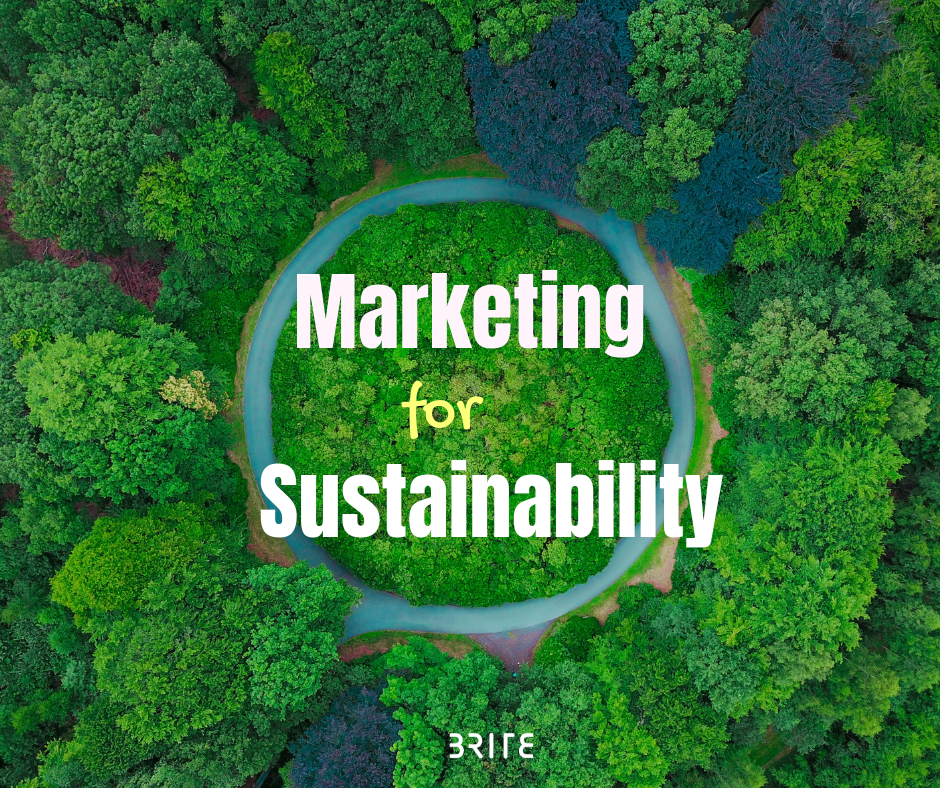Is there still any doubt that the world is in desperate need of a revolution in order to manage the impact we are having on the natural environment? Do we need to reinvent capitalism entirely, or can we just take a long look at how we gauge value and success, and then adjust accordingly?
Well, we may not be able to completely reinvent capitalism, but lots of people and businesses refuse to wait around for some grand solution we can all agree on, and are starting to act now. Consider this: not all revolutions are loud, and they don’t all happen overnight.
Sustainable brands
It’s not all about brands and products that are focused primarily on sustainability, either. Again, we can’t reinvent capitalism overnight, so unless we do something drastic like all decide to stop driving cars and taking planes tomorrow, there is still room for more traditional products and brands to move toward sustainability in their own way. Every bit helps and something is always better than nothing.
One thing that’s become clear with regard to making the shift toward sustainability is that what’s good for the environment is good for business. Around the world, consumers are actively seeking sustainable products and companies that use sustainable practices. Things like transparency, social and environmental considerations, as well as assuming responsibility for future generations and the planet are becoming just as important as product performance and affordability. In fact, as many as 66% of global consumers are willing to pay more for sustainable goods, so being able to pass-off costs associated with going green is not just some tree-hugging pipe dream.
Whether it’s a multi-national company that has committed to reducing their environmental impact, or a brand that is trying to build a more sustainable supply chain, being able to communicate these efforts to potential customers and using them as selling points is of utmost importance. This is where sustainable or environmental marketing comes into play. Sustainable marketing represents a fundamental shift in consumer communication styles that lead with heart and stories rather than discounts and offers. It’s the ability to take a step back and worry less about short-term profits and focus on long-term consumer value. This can include environmentally safe and sustainable production, or the goal of reducing a company’s carbon footprint.
Sustainable marketing
Like any form of marketing, sustainable marketing is always easier said than done, and many factors can contribute to the successful planning and execution of a sustainable marketing strategy. Companies that have misled customers about claims of environmental initiatives in the past have made it much harder for anyone trying to communicate their current efforts in this area. Skepticism is normal, and needs to be met with a distinct brand personality and a narrative that helps customers understand and align with a company’s initiative and values.
In her article on the topic, consultant Jacquelyn Ottman offers her five simple rules of green marketing. Two of these rules stand out as being applicable across a wide range of situations. First, Ottman maintains that knowing your customer is imperative; if customers don’t know or understand the benefits of your sustainable actions, initiatives or products, they won’t be able to identify how this brings them added value. Many packaging companies are currently facing this conundrum: everyone associates packaging with litter and unnecessary waste, but if, for instance, packaging is recyclable, biodegradable or made of recycled material, then the focus can be put on the role packaging plays in eliminating other types of waste, or preserving products like food and medicine.
Another one of Ottman’s points that stood out is that marketing needs to be leveraged to empower customers. A lot of the push toward more sustainable products and companies is the idea of being able to support valuable initiatives and knowing that a purchase can make a difference. For example, I recently bought a pair of jeans made from organic cotton. That’s one thing, but the jeans were also branded as “dry conscious indigo” and were described as using 55% less water than average during the dying process. That, as I soon learned, meant that each pair of these jeans save 23 litres of water. This information was empowering and more impactful than simply knowing that they were made of organic cotton.
If potential customers can’t identify the benefits and value your products or services bring them, how are they supposed to be swayed to choose you over a seemingly similar competitor? This brings up another point worth considering when marketing sustainability, and this time it’s about the who.
Values and corporate purpose
We’re just starting to scratch the surface of realizing that what’s good for the environment is also good for business. This is bound to become more apparent, and when it does we’ll see that values are the driving force behind engaging in sustainable business practices. Making values profitable is ideal, but values are exemplified and brought to life by who a company is and not just what it sells. Because ultimately, sustainability is driven by social purpose.
There’s an important connection being made between profit and purpose. Shared purpose holds that profit and social purpose can indeed go hand-in-hand, and the concept itself is contributing to a reinvention of sorts when it comes to capitalism. Shared purpose is driven by who a company is; it’s not just a symptom of a company’s business model, it is woven into the very fabric or essence of that company. So while it may be somewhat challenging to communicate the good you’re doing for the environment by marketing sustainability, being a value-driven company is much more apparent and identifiable, and much better-equipped to face scepticism head-on.
Brite considers itself to be engaged in shared purpose, and we’re dedicating a lot of time and effort into using the values we share with our customers to bring their products and services to the forefront. Our vision is to create and contribute to positive loops by supporting the growth of businesses doing great things and helping them thrive in the long term. Whether you’re thinking of the ways in which your business can contribute to the global shift toward sustainability, or have already taken steps in this regard and want to engage like-minded customers, we can help!
Bradley Castelli
Content Writer


